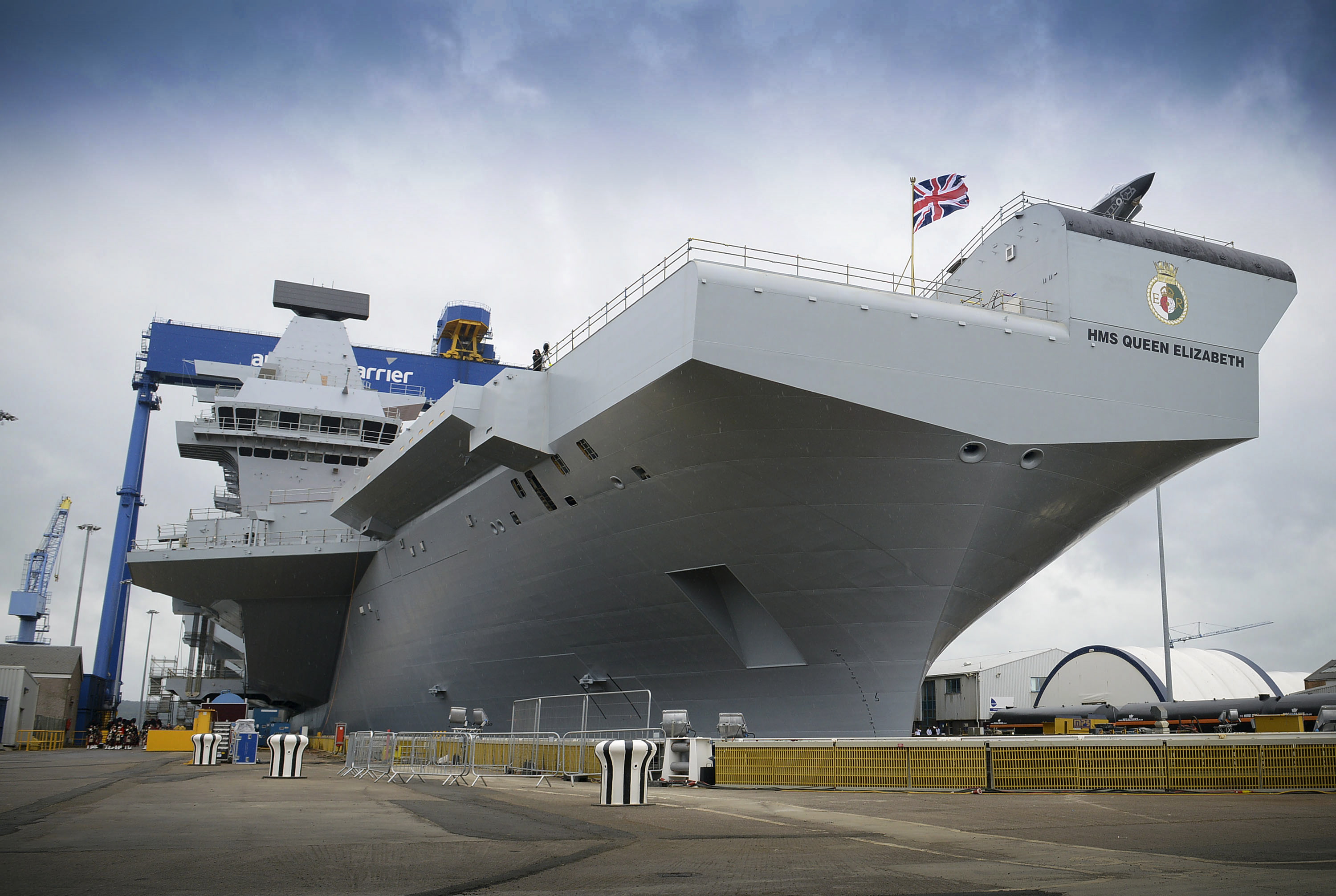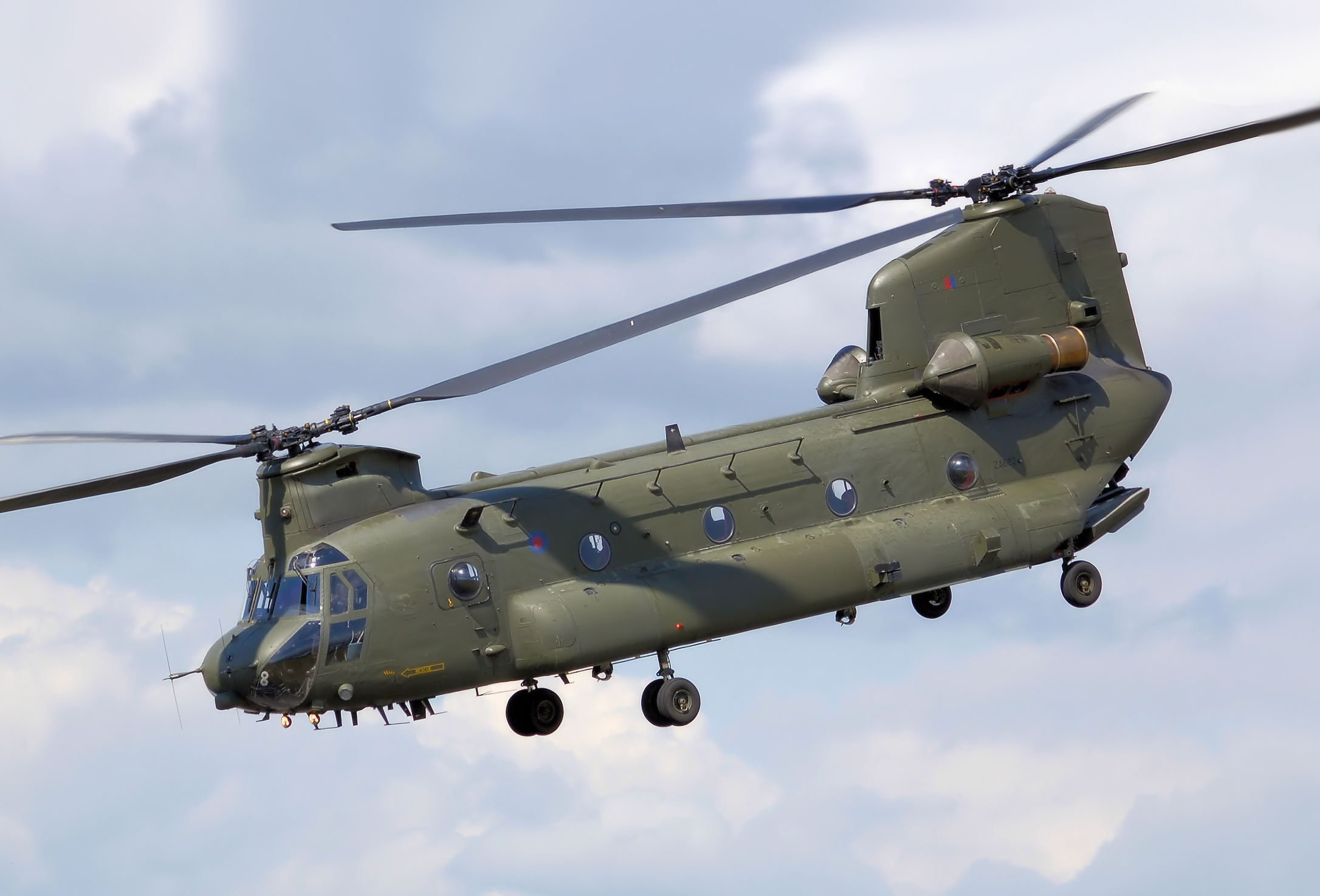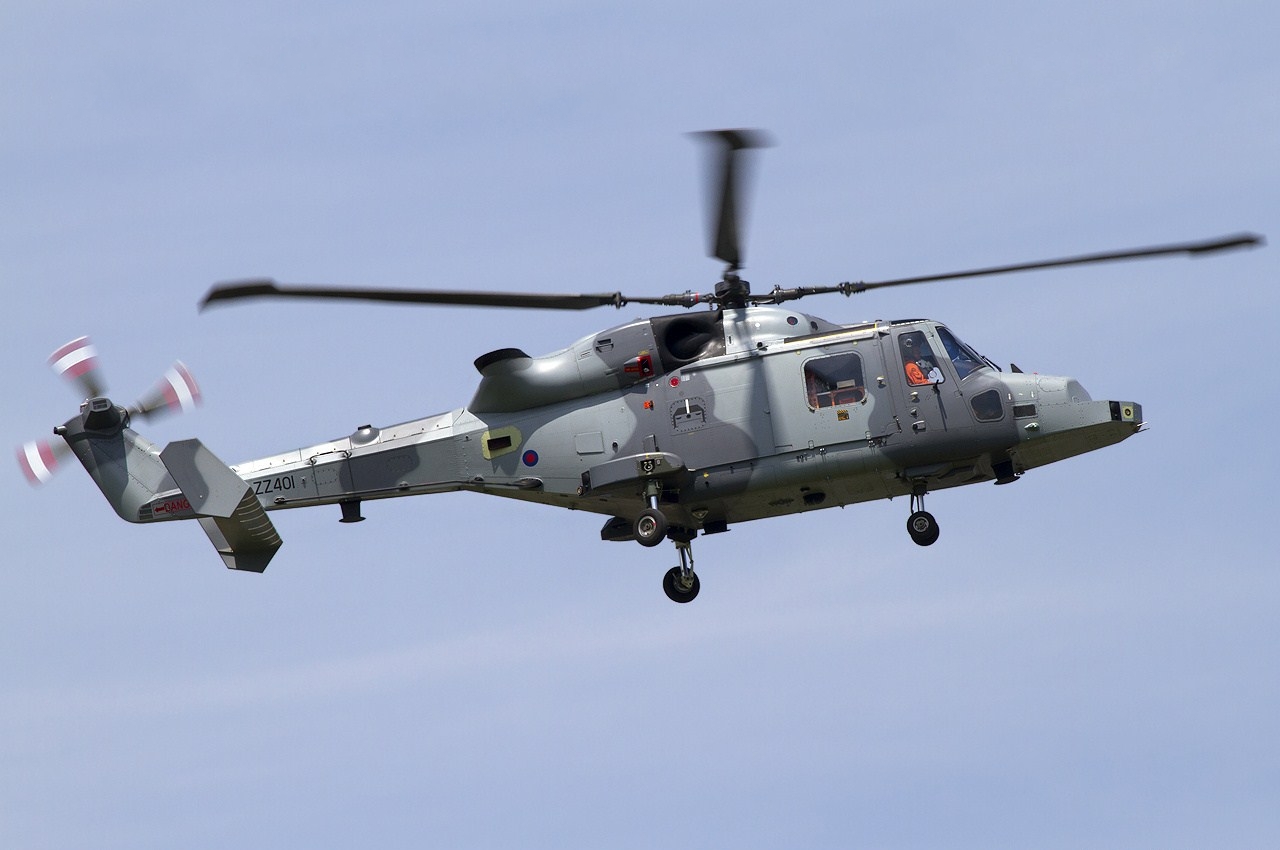|
Queen Elizabeth-class Aircraft Carrier
The ''Queen Elizabeth'' class is a class of two aircraft carriers of the United Kingdom's Royal Navy which are the central components of the UK Carrier Strike Group. The lead ship, , was named on 4 July 2014, in honour of Elizabeth I. She was commissioned on 7 December 2017. The second, , was launched on 21 December 2017, and was commissioned on 10 December 2019. The contract for the vessels was announced in July 2007, ending several years of delay over cost issues and British naval shipbuilding restructuring. The contracts were signed one year later on 3 July 2008, with the Aircraft Carrier Alliance, a partnership formed with Babcock International, Thales Group, A&P Group, the UK Ministry of Defence and BAE Systems. In 2014 the UK Government announced that the second carrier would be brought into service, ending years of uncertainty surrounding its future. This was confirmed by the Strategic Defence and Security Review 2015, with at least one carrier being available at any ... [...More Info...] [...Related Items...] OR: [Wikipedia] [Google] [Baidu] |
Aircraft Carrier Alliance
The Aircraft Carrier Alliance is a partnership of BAE Systems, Babcock International, Thales Group and the Ministry of Defence (which acts as both partner and client), together with Rosyth Dockyard, to build the s for the Royal Navy. Along with Rosyth and BAE Systems' Govan yard, four other shipyards involved in the build process are A&P Tyne, Appledore Shipbuilders, Cammell Laird and HMNB Portsmouth His Majesty's Naval Base, Portsmouth (HMNB Portsmouth) is one of three operating bases in the United Kingdom for the Royal Navy (the others being HMNB Clyde and HMNB Devonport). Portsmouth Naval Base is part of the city of Portsmouth; it is lo .... References External links * Shipbuilding companies of the United Kingdom {{UK-navy-stub ... [...More Info...] [...Related Items...] OR: [Wikipedia] [Google] [Baidu] |
Boeing Chinook (UK Variants)
The Boeing Chinook is a large, tandem rotor helicopter operated by the Royal Air Force (RAF). A series of variants based on the United States Army's Boeing CH-47 Chinook, the RAF Chinook fleet is the largest outside the United States. RAF Chinooks have seen extensive service in the Falklands War, the Balkans, Northern Ireland, Iraq, and Afghanistan. The Chinook, normally based at RAF Odiham in England, provides heavy-lift support and transport across all branches of the British armed forces. The RAF has a total of sixty Chinooks in active inventory as of 2015. In 2018, the UK issued a request to the United States to purchase sixteen additional aircraft. The Chinook is expected to remain in RAF service until the 2040s. Design and development Chinook HC1 In March 1967, the United Kingdom placed an order for fifteen Boeing Vertol CH-47B Chinook to replace the Royal Air Force's Bristol Belvedere HC.1 fleet. In British service the new aircraft was to be designated as the ... [...More Info...] [...Related Items...] OR: [Wikipedia] [Google] [Baidu] |
Thales Group
Thales Group () is a French multinational company that designs, develops and manufactures electrical systems as well as devices and equipment for the aerospace, defence, transportation and security sectors. The company is headquartered in Paris' business district, La Défense, and its stock is listed on the Euronext Paris. Having been known as Thomson-CSF since its foundation in 1968, the company was rebranded ''Thales'' (named after the Greek philosopher Thales and pronounced , reflecting its pronunciation in French) in December 2000. A communication audit, launched in spring that year, highlighted Thomson-CSF's image deficit, particularly among the young French graduates it was seeking to recruit. The wish to liven up its image as well as the expansion of its business worldwide were cited among the reasons for the change. Thales is partially owned by the French State and operates in more than 56 countries. It had 80,000 employees and generated €18.4 billion in revenues ... [...More Info...] [...Related Items...] OR: [Wikipedia] [Google] [Baidu] |
Babcock International
Babcock International Group plc is a British aerospace, defence and nuclear engineering services company based in London, England. It specialises in managing complex assets and infrastructure. Although the company has civil contracts, its main business is with public bodies, particularly the United Kingdom's Ministry of Defence and Network Rail. The company has four operating sectors, with overseas operations based in Africa, North America, South America, Europe and Australia. Babcock is listed on the London Stock Exchange, and is a constituent of the FTSE 250 Index. History 1891 to 1979 Babcock International traces its history back to the 19th century and the American heavy industrial manufacturers Babcock & Wilcox Company which had been founded in 1867 by partners Stephen Wilcox and George Babcock to manufacture and market Wilcox's patented water-tube boiler. During the 1870s and 1880s, the company, having decided to expand internationally, developed an initial footprint in ... [...More Info...] [...Related Items...] OR: [Wikipedia] [Google] [Baidu] |
Ship Commissioning
Ship commissioning is the act or ceremony of placing a ship in active service and may be regarded as a particular application of the general concepts and practices of project commissioning. The term is most commonly applied to placing a warship in active duty with its country's military forces. The ceremonies involved are often rooted in centuries-old naval tradition. Ship naming and launching endow a ship hull with her identity, but many milestones remain before she is completed and considered ready to be designated a commissioned ship. The engineering plant, weapon and electronic systems, galley, and other equipment required to transform the new hull into an operating and habitable warship are installed and tested. The prospective commanding officer, ship's officers, the petty officers, and seamen who will form the crew report for training and familiarization with their new ship. Before commissioning, the new ship undergoes sea trials to identify any deficiencies needing co ... [...More Info...] [...Related Items...] OR: [Wikipedia] [Google] [Baidu] |
Elizabeth I
Elizabeth I (7 September 153324 March 1603) was Queen of England and Ireland from 17 November 1558 until her death in 1603. Elizabeth was the last of the five House of Tudor monarchs and is sometimes referred to as the "Virgin Queen". Elizabeth was the daughter of Henry VIII and Anne Boleyn, his second wife, who was executed when Elizabeth was two years old. Anne's marriage to Henry was annulled, and Elizabeth was for a time declared illegitimate. Her half-brother Edward VI ruled until his death in 1553, bequeathing the crown to Lady Jane Grey and ignoring the claims of his two half-sisters, the Catholic Mary and the younger Elizabeth, in spite of statute law to the contrary. Edward's will was set aside and Mary became queen, deposing Lady Jane Grey. During Mary's reign, Elizabeth was imprisoned for nearly a year on suspicion of supporting Protestant rebels. Upon her half-sister's death in 1558, Elizabeth succeeded to the throne and set out to rule by good counsel. S ... [...More Info...] [...Related Items...] OR: [Wikipedia] [Google] [Baidu] |
UK Carrier Strike Group
The UK Carrier Strike Group (UKCSG) is a carrier battle group of the Royal Navy. It has existed in various forms since the mid-2000s. Between 2006 and 2011, the formation centred around the Royal Navy's s until the retirement of their Harrier GR9 strike aircraft in 2011 as a result of the Strategic Defence and Security Review. The UKCSG subsequently returned in February 2015 ahead of the entry into service of the new s, and . The aim of the CSG is to facilitate carrier-enabled power projection. Overview Role As a unit within the Royal Navy, the UK Carrier Strike Group's role is to facilitate carrier-enabled power projection (CEPP) in support of the UK's interests. As a self-contained force, it is capable of operating independently or as part of a wider operation. The unit is centred around either of two ''Queen Elizabeth''-class aircraft carriers, which are designed to carry up to 40 aircraft each, with accompanying surface ships and submarines providing protection from air, s ... [...More Info...] [...Related Items...] OR: [Wikipedia] [Google] [Baidu] |
Royal Navy
The Royal Navy (RN) is the United Kingdom's naval warfare force. Although warships were used by English and Scottish kings from the early medieval period, the first major maritime engagements were fought in the Hundred Years' War against France. The modern Royal Navy traces its origins to the early 16th century; the oldest of the UK's armed services, it is consequently known as the Senior Service. From the middle decades of the 17th century, and through the 18th century, the Royal Navy vied with the Dutch Navy and later with the French Navy for maritime supremacy. From the mid 18th century, it was the world's most powerful navy until the Second World War. The Royal Navy played a key part in establishing and defending the British Empire, and four Imperial fortress colonies and a string of imperial bases and coaling stations secured the Royal Navy's ability to assert naval superiority globally. Owing to this historical prominence, it is common, even among non-Britons, to ... [...More Info...] [...Related Items...] OR: [Wikipedia] [Google] [Baidu] |
Aircraft Carriers
An aircraft carrier is a warship that serves as a seagoing airbase, equipped with a full-length flight deck and facilities for carrying, arming, deploying, and recovering aircraft. Typically, it is the capital ship of a fleet, as it allows a naval force to project air power worldwide without depending on local bases for staging aircraft operations. Carriers have evolved since their inception in the early twentieth century from wooden vessels used to deploy balloons to nuclear-powered warships that carry numerous fighters, strike aircraft, helicopters, and other types of aircraft. While heavier aircraft such as fixed-wing gunships and bombers have been launched from aircraft carriers, these aircraft have not successfully landed on a carrier. By its diplomatic and tactical power, its mobility, its autonomy and the variety of its means, the aircraft carrier is often the centerpiece of modern combat fleets. Tactically or even strategically, it replaced the battleship in the role ... [...More Info...] [...Related Items...] OR: [Wikipedia] [Google] [Baidu] |
HMS Queen Elizabeth
HMS ''Queen Elizabeth'' could refer to one of three ships named in honour of Elizabeth I of England: * was the lead ship of the s, launched in 1913 and scrapped in 1948 * HMS ''Queen Elizabeth'' was to have been the first of the 1960s planned CVA-01-class aircraft carriers, but the class was never constructed * is the first ship of the s, launched in 2014, on sea trials as of June 2017 and commissioned in December 2017 Battle honours * Dardanelles 1915 * Crete 1941 * Sabang 1944 * Burma 1944–45 * East Indies The East Indies (or simply the Indies), is a term used in historical narratives of the Age of Discovery. The Indies refers to various lands in the East or the Eastern hemisphere, particularly the islands and mainlands found in and around t ... 1945 See also * References * {{DEFAULTSORT:Queen Elizabeth Royal Navy ship names ... [...More Info...] [...Related Items...] OR: [Wikipedia] [Google] [Baidu] |
Aircraft Ski-jump
In aviation, a ski-jump is an upward-curved ramp that allows aircraft to take off from a runway that is shorter than the aircraft's required takeoff roll. By forcing the aircraft upwards, lift-off can be achieved at a lower airspeed than that required for sustained flight, while allowing the aircraft to accelerate to such speed in the air rather than on the runway. Ski-jumps are commonly used to launch airplanes from aircraft carriers that lack catapults. It is believed that the first use of the ski-jump occurred during the Second World War, where a temporary ramp was added to to assist the take-off of heavily laden Fairey Barracudas conducting a strike mission against the German battleship . During the Cold War era, the concept was studied as a means of reducing the length of flight decks required for future aircraft carriers as well as to facilitate ever-increasingly heavy aircraft at sea. The Royal Navy took a particular interest in the ski-jump during the 1970s, conducting ... [...More Info...] [...Related Items...] OR: [Wikipedia] [Google] [Baidu] |
AgustaWestland AW159 Wildcat
The AgustaWestland AW159 Wildcat (previously called the Future Lynx and Lynx Wildcat) is a British military helicopter. It is an improved version of the Westland Super Lynx designed to serve in the battlefield utility, search and rescue and anti-surface warfare roles. In British service, common variants are being operated by both the Royal Navy and British Army, having replaced their Lynx Mk.7/8/9 predecessors. The AW159 has also been offered to several export customers, and has been ordered by the Republic of Korea Navy and the Philippine Navy. Development Background In 1995, the British Government announced that the Royal Navy's existing Westland Lynx helicopters were to be replaced; at that point, the service was intended to operate an all-Merlin fleet. Despite this stated intent, Westland Helicopters continued to hold talks with the Ministry of Defence (MOD) to find a future role for the type during the late 1990s; the firm issued multiple proposals to either extend the li ... [...More Info...] [...Related Items...] OR: [Wikipedia] [Google] [Baidu] |


_underway_2009.jpg)



